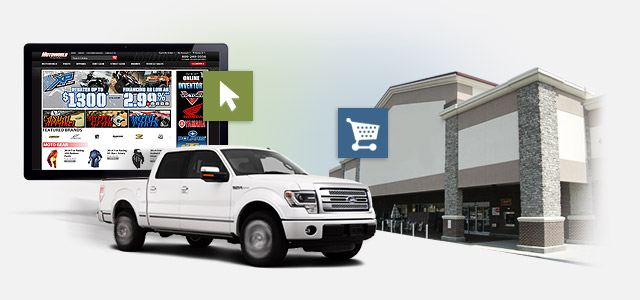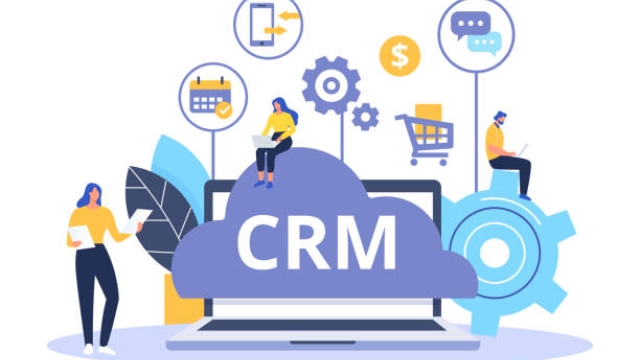The future of automotive retail is rapidly evolving, transforming the way we experience and interact with vehicles. As technology continues to advance, the traditional methods of purchasing cars are being revolutionized, ushering in a new era of convenience and innovation. In this automotive retail guide, we will explore the latest trends and advancements that are reshaping the industry, providing you with valuable information to navigate this exciting and dynamic landscape.
Gone are the days of spending endless hours at dealerships, tirelessly negotiating prices and examining every intricate detail of the vehicles. Automation and digitalization are streamlining the car-buying process, making it faster, simpler, and more accessible than ever before. From virtual showrooms and online marketplace platforms to augmented reality and virtual reality experiences, automotive retailers are finding innovative ways to showcase their inventory and engage customers on a whole new level.
Not only are these advancements making the automotive retail experience more convenient, but they are also empowering consumers with an abundance of information. With just a few clicks, buyers can access detailed specifications, compare different models, read customer reviews, and even schedule test drives directly from their smartphones. This wealth of information equips consumers with the knowledge they need to make informed decisions, ensuring that they find the perfect vehicle that meets their specific needs and preferences.
The future of automotive retail is bright and promising, with technology and customer-centric approaches driving the industry forward. As we delve deeper into this automotive retail information guide, we will explore the various aspects of this transformative journey, from the rise of electric and autonomous vehicles to the integration of artificial intelligence and personalized user experiences. Get ready to embark on a thrilling expedition into the future of automotive retail, where innovation and convenience converge to redefine the way we drive.
###Advanced Technology in Automotive Retail
The automotive retail industry is on the brink of a technological revolution that promises to transform the way we drive and purchase vehicles. With advancements in Artificial Intelligence (AI), Internet of Things (IoT), and Augmented Reality (AR), automotive retailers are embracing these cutting-edge technologies to enhance the customer experience and streamline operations.
One of the key areas where advanced technology is making a significant impact is in the digitization of the automotive retail process. Gone are the days of flipping through brochures and visiting multiple dealerships to compare prices and features. With the help of AI-powered platforms, customers can now access a vast array of automotive retail information online, right at their fingertips. These platforms provide detailed specifications, pricing, and customer reviews, empowering buyers to make informed decisions from the comfort of their own homes.
Furthermore, IoT-enabled devices are revolutionizing the way vehicles are serviced and maintained. Through the integration of sensors and connectivity, automotive retailers can now remotely monitor and diagnose vehicle performance in real-time. This not only enables proactive maintenance and reduces downtime but also enhances customer satisfaction by minimizing the need for unscheduled repairs. The convenience of IoT extends to the customers as well, who can receive timely updates and alerts regarding their vehicle’s maintenance needs, ensuring optimal performance and safety.
In addition to streamlined information and maintenance processes, augmented reality is changing the way automotive retailers engage with customers. With AR, potential buyers can visualize how different car models would look in their own driveways or explore the interior features with virtual tours. This immersive experience not only enables customers to get a better understanding of the product but also contributes to a more personalized and interactive shopping experience.
In conclusion, technology is reshaping the future of automotive retail. From digitized information platforms to IoT-enabled maintenance and immersive experiences using AR, automotive retailers are leveraging advanced technology to enhance customer experiences, streamline operations, and drive innovation in the industry. The potential for further advancements in this space seems limitless, promising exciting times ahead for both automotive retailers and consumers alike.
2. Changing Consumer Behavior and Expectations
The automotive retail landscape is undergoing a dramatic transformation, driven by changing consumer behavior and expectations. As technology continues to advance and shape our daily lives, consumers are demanding more seamless and personalized experiences in all aspects of their lives, including the way they buy cars.
One significant shift in consumer behavior is the increased reliance on online research and purchasing. Gone are the days of spending weekends visiting multiple dealerships to gather information about different car models. Now, consumers can easily access a wealth of information online, from detailed specifications and pricing to customer reviews and recommendations. This shift has empowered consumers to be more informed and self-reliant, enabling them to make better-informed decisions.

Furthermore, consumers now expect a seamless integration of the online and offline car buying experiences. They want the convenience of browsing inventory and comparing prices online, but they also desire the ability to touch, feel, and test drive the vehicle before making a final decision. Automotive retailers need to adapt to these evolving expectations by providing a cohesive omni-channel experience that seamlessly integrates online and offline interactions.
Another aspect of changing consumer expectations is the desire for more personalized and customized experiences. Consumers no longer want a one-size-fits-all approach to car buying. They want to be treated as individuals with unique preferences and needs. Automotive retailers have recognized this demand and are leveraging technology to create tailored experiences. From virtual reality showrooms to personalized product recommendations based on browsing history and preferences, retailers are finding innovative ways to cater to individual consumer preferences and enhance the overall car buying journey.
In conclusion, the future of automotive retail is being shaped by changing consumer behavior and expectations. Leveraging the power of technology and embracing omni-channel experiences will be crucial for automotive retailers to stay ahead in a fast-evolving market. By understanding and adapting to these shifts, retailers can revolutionize the way we drive and deliver exceptional value to consumers.
3. Disruptive Trends Shaping the Future of Automotive Retail
The landscape of automotive retail is undergoing significant changes, fueled by disruptive trends that are revolutionizing the way we drive. These trends are reshaping the industry and providing new opportunities for both consumers and retailers.
Increased Emphasis on Online Platforms
One of the most prominent trends in automotive retail is the growing importance of online platforms. With technological advancements and the increasing prevalence of e-commerce, consumers now have the convenience of researching, comparing, and even purchasing vehicles online. Automotive retailers are recognizing this shift and are investing heavily in their online presence to provide a seamless and user-friendly experience for customers.
Rise of Electric and Autonomous Vehicles
The future of automotive retail is tightly intertwined with the rise of electric and autonomous vehicles. As concerns about the environment and fuel efficiency continue to grow, consumers are increasingly opting for electric vehicles. This shift is prompting automotive retailers to adapt and expand their offerings to meet the demand for electric cars.
Furthermore, the development of autonomous vehicles is set to transform the way we drive and commute. Automotive retailers are exploring new business models and partnerships to tap into this emerging market. From autonomous ride-sharing services to self-driving vehicles for personal use, the future of automotive retail holds exciting possibilities in the realm of autonomous technology.
Integration of Artificial Intelligence and Augmented Reality
Artificial intelligence (AI) and augmented reality (AR) are two game-changing technologies that are reshaping the future of automotive retail. AI-driven chatbots and virtual assistants are becoming increasingly common in the automotive industry, helping customers with inquiries, providing personalized recommendations, and even assisting in the vehicle selection process.
Additionally, augmented reality is being leveraged to enhance the shopping experience for customers. With AR, automotive retailers can showcase virtual car models to customers, allowing them to visualize different features and customizations in a more immersive way. These technologies are revolutionizing the way consumers interact with automotive brands and are set to become integral components of the future automotive retail landscape.
In conclusion, the future of automotive retail is being shaped by disruptive trends such as the increased emphasis on online platforms, the rise of electric and autonomous vehicles, and the integration of AI and AR technologies. By embracing these trends, automotive retailers can stay ahead of the curve and provide a seamless, personalized, and innovative experience for their customers.














